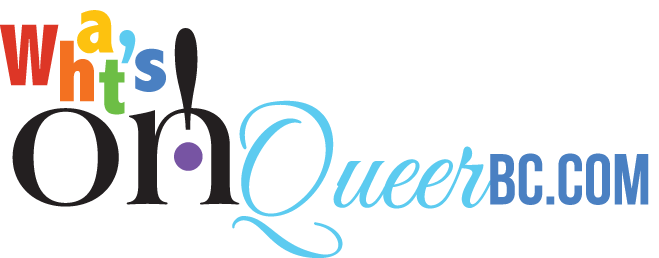What is the full acronym for 2SLGBTQQIPAA?
Photo: Yhanson.photography
When I asked Google for the most common question people asked about the queer community, many ask about the acronym we often use. What is it, why do we use it, and what do the initials represent?
In fact, this very article, originally published in 2023, is the most visited article on our website with 9,959 visits this year so far.
The abbreviation started with LGBT and first emerged in the 1990s as an inclusive term encompassing lesbian, gay, bisexual, and transgender individuals. Over time, letters were added to include other identities and experiences. Soon it became LGBTQ with the addition of the letter Q, standing for queer, an effort to embrace a broader spectrum of sexual orientations and gender identities.
2SLGBTQQAI+
Today on What’s On Queer we use 2SLGBTQIA+ . The order of the letters can vary from one magazine or website to another, but we’ve joined the movement to put 2S (two-spirit) at the front. The placement of "2S" at the beginning of the acronym is intended to acknowledge and honor the Indigenous roots of the term and to emphasize the importance of Indigenous perspectives and identities within the broader 2SLGBTQIA+ community. Placing "2S" first recognizes the historical and ongoing contributions of Indigenous people to discussions about gender and sexual diversity and highlights the need for visibility and inclusion of Two-Spirit identities in these conversations.
I was pleasantly surprised to learn about an additional Q recently and will try to include that in our blogs. This additional Q stands for Questioning. Why do we need it in the acronym? Think back to when you started to question your own sexuality, attractions, and gender. If you were like me, you were drawn to queer events and queer friends but if someone were to have challenged you at that time, you might have shrunk back from your path. The extra Q gives you an answer to “Why are YOU here? Are you gay/queer/lesbian etc?” Maybe you didn’t really have an answer but people now do. They can say with assertion, “I’m Questioning.” And that’s awesome.
The + sign hopefully encompasses anyone we might have left out.
Here than is a simplified outline of the different letters and their meanings. At the bottom of the article we have listed some Canadian resources for those who want to do more research.
L - Lesbian
G - Gay
B - Bisexual
T - Transgender
Q - Queer
Q - Questioning
I - Intersex
P - Pansexual
2S - Two-Spirit
A - Asexual
A - Allies
Lesbian: Refers to women who are emotionally, romantically, or sexually attracted to other women.
Gay: Primarily used to describe men who are emotionally, romantically, or sexually attracted to other men, but can also be used as an inclusive term for the entire LGBTQ+ community, similar to Queer.
Bisexual: Describes individuals who are emotionally, romantically, or sexually attracted to either men or women.
Transgender: People whose gender identity differs from the sex they were assigned at birth.
Queer: An umbrella term that encompasses diverse sexual orientations and gender identities outside of heterosexual and cisgender norms. Gay can also be used this way in some parts of the world.
Questioning: Individuals who are exploring and questioning their sexual orientation or gender identity.
Intersex: People born with physical or genetic characteristics that do not fit typical definitions of male or female.
Pansexual: Refers to individuals who are emotionally, romantically, or sexually attracted to people regardless of their gender identity or biological sex.
Two-Spirit: An English term used to broadly capture concepts traditional to many Indigenous cultures. It is a culturally-specific identity used by some Indigenous people to indicate a person whose gender identity, spiritual identity and/or sexual orientation comprises both male and female spirits.
Asexual: People who experience little to no sexual attraction to others.
Allies: Individuals who support and advocate for the LGBTQ+ community, even if they do not personally identify as LGBTQ+.
Resources
Qmunity’s Queer Glossary PDF here
Government of Canada Women Gender Equality Glossary
Egale Resources

